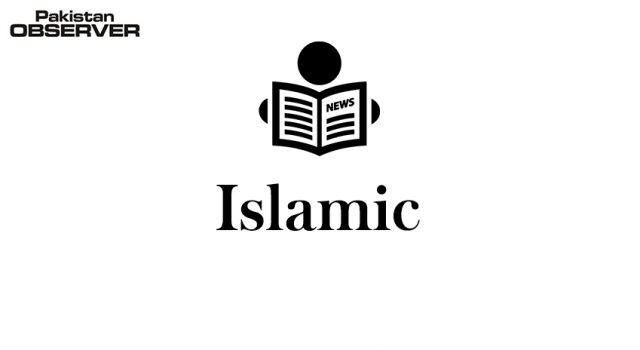Dubai
Banks in the Middle East are contending with a changing financial industry, the introduction of digital-first brands and a young, global population. Antonino Lupo reports on the tensions between traditional banking and modern branding
The median age of the population in the Middle East ranging from 19.8 to 37.2. Compared to Europe’s 29.6-53.8 range or North America’s 286-47.2, young people are dominating the culture across the Middle East and north Africa region.
This generational shift is also putting pressure on the region’s banks. Middle Eastern banks have been forced to choose between traditional banking – and branding – methods and maintaining relevance with the region’s young, international population. This evolving landscape has led to a gradual internationalisation of Islamic and Middle Eastern bank brands, which have shifted away from traditional visual cues in favour of more contemporary identities.
This strategy was adopted by non-Islamic banks in the region as well, such as Bank Muscat, which rebranded in 2019 alongside Bahraini creative agency Unisono. Although a traditional financial institution, Bank Muscat opted for “an elegant reduction of the existing brand cues,” according to Unisono creative director and owner Liam Farrell. The bank did not wish to be identified purely as an Omani bank, but chose to embrace the visual cues of the region and make them its own. “The existing brand used old-fashioned bevelling and embossing as well as very hackneyed Islamic patterns which were used by every other brand in the market. To stay relevant, we had to find a new voice for the brand that would bring it into the modern era without losing its essential nature,” Farrell adds.
Bank Muscat is a prime example of the generational and internationalisation pressures affecting the brand of a major, established financial institution in the Middle East. But Bank Muscat is an international organisation, leaning towards the western financial culture; Islamic banks in the region were faced with a tougher challenge. All Islamic banks share compliance with the sharia values of trust, transparency and truthfulness.
Where traditional banks would charge interest to make profit, for example, Islamic banks are forbidden from doing so by sharia law. Ten years ago, in the midst of the recession, Islamic banks had yet to realise the appeal their brands could have for western audiences who had seen traditional banks suffer in 2008 and 2009. Instead, Islamic banks, on the whole, prioritised their local communities. However, the pressures of internationalisation have slowly forced them to adapt.—Agencies










